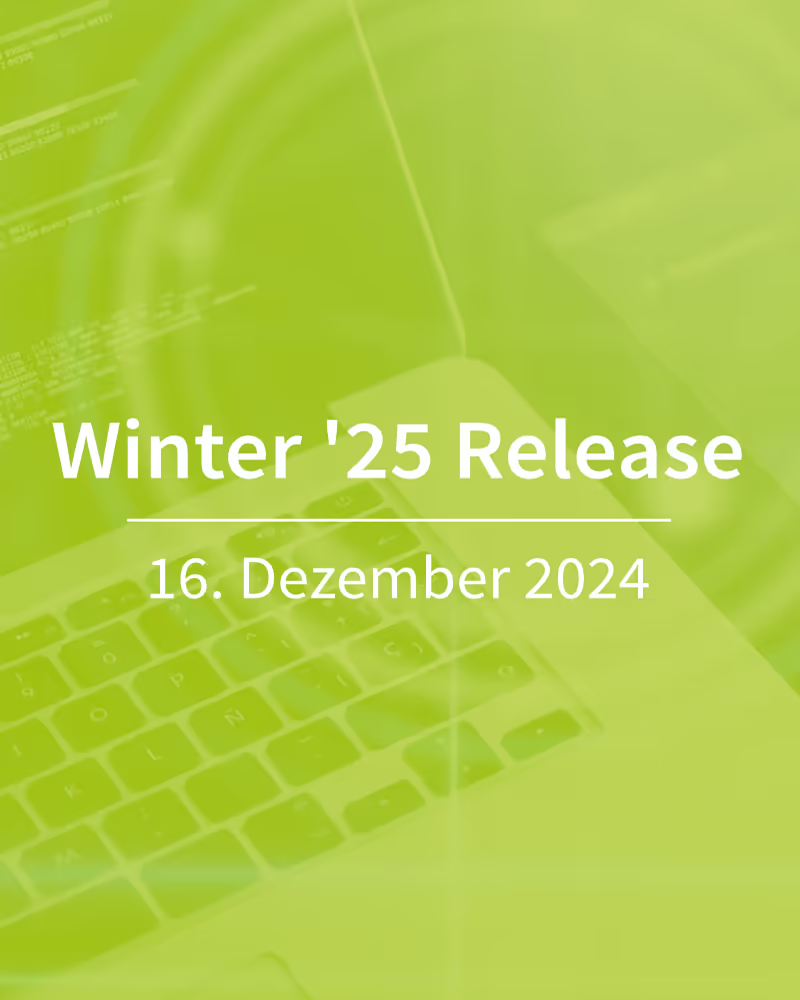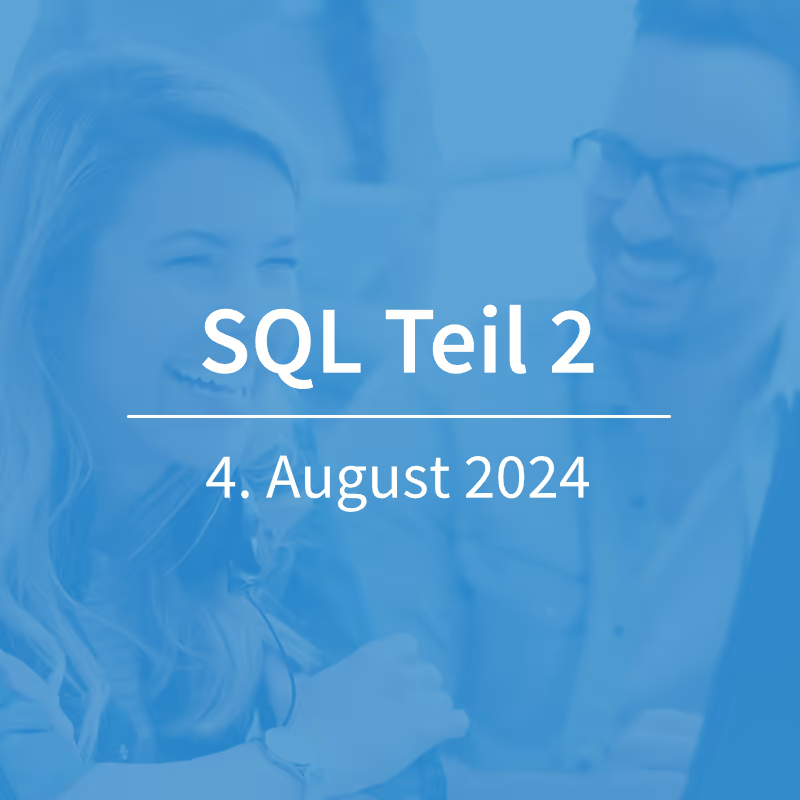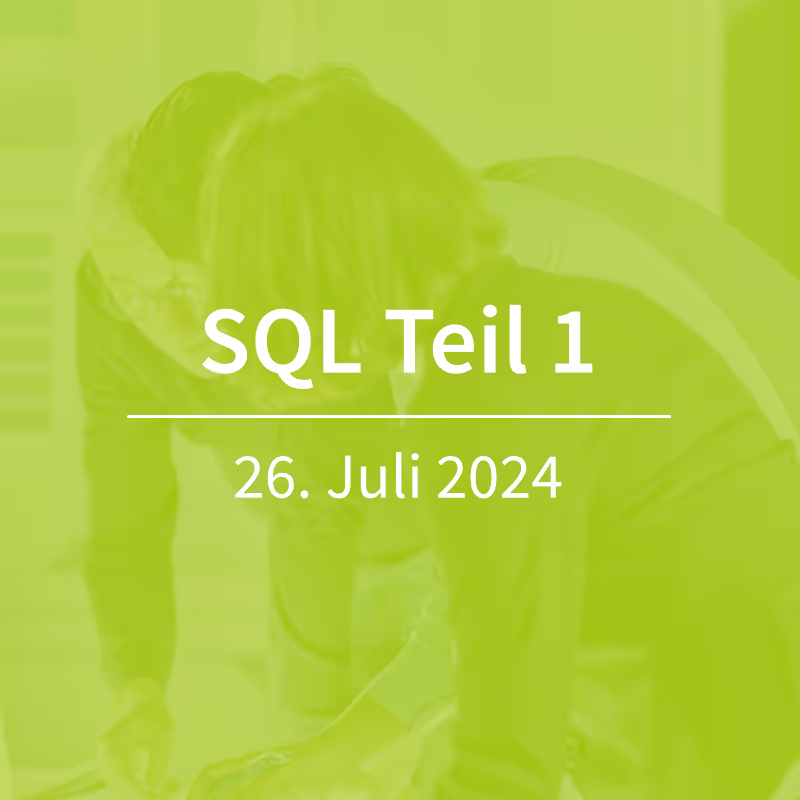Salesforce Marketing Cloud - Moving to tenant-specific endpoints
As part of the April 2021 release, Salesforce pointed out that all customers should switch to using tenant-specific endpoints as soon as possible. What does that mean for Salesforce Marketing Cloud users? And by when does the changeover have to be completed? In this post, we'll explain what it's all about and what you need to do now.

What is it about?
The “tenant specific endpoints” (TSEs) are new endpoints for REST, Auth, SOAP, and device APIs as well as for the Salesforce Marketing Cloud SFTP servers. They are intended to improve the security, reliability, and performance of requests and data transmissions. The old stack-specific endpoints always sent requests from one stack to the next until the request ended up with the right stack. The TSEs, on the other hand, route incoming requests directly to the customer-specific stack, which is more efficient and secure. In addition, each tenant (customer account) receives a unique identifier for its API endpoints, which identifies the stack on which this tenant is hosted.
These new endpoints were introduced at the end of 2018. Their use should now become mandatory, but there is still no deadline for the changeover. Still, Salesforce Marketing Cloud users should start updating their endpoints as soon as possible.
Which endpoints are affected?
All SOAP, REST/Auth, SSO, SFTP, and Mobile Push SDK endpoints from customers who do not use Stack 11, 12, or 50 are affected.
What are the benefits of the new endpoints?
The TSEs are more secure because every customer gets their own endpoint. At the same time, they are faster because requests are routed directly to the right stack. If there is a service outage or performance issues, TSEs also help to narrow down repairs to the affected stack and prevent global outages.
What do I have to do now?
First of all, it should be checked whether the old endpoints are currently still being used. These can be differentiated from the TSEs on the basis of their nomenclature. The old endpoints always follow the structure https://auth.exacttargetapis.com/. The tenant-specific endpoints, on the other hand, always contain a tenant ID, as in the example mc563885gzs27c5t9-63k636ttgm.rest.marketingcloudapis.com.
All integrations with Salesforce Marketing Cloud must then be identified and, if necessary, updated. This applies both to API requests and to data transfer processes that run via the SFTP server.
In this case, it is of course helpful if all processes set up have been documented in detail so that no process is forgotten when adjusting the endpoints.
Where can I get help if I don't know which endpoints need to be adjusted?
If you still have questions after reviewing the documentation, Salesforce recommends opening a support ticket in the Help & Training portal.
We recommend reading the detailed documentation on this topic and then tackling the issue quickly. It is true that there is still no fixed date on which the switch to TSEs will be mandatory. But it is foreseeable that the use of TSEs will become mandatory in the medium term. Companies that have set up numerous data integrations in particular should therefore start to convert them to the new endpoints in good time.
Go to the documentation here.
















